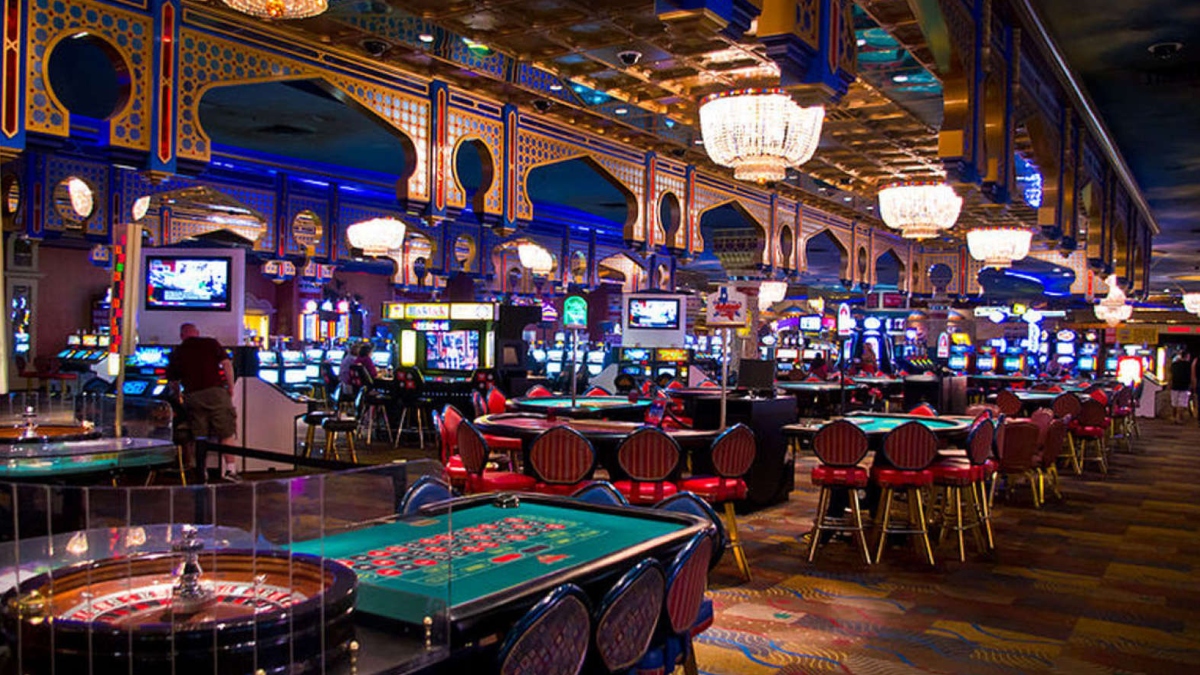The Psychology That drives Gambling Game Development

Gambling games have long captivated people’s attention, drawing participants into a realm filled with luck, tactics, and the allure of excitement. Each game is painstakingly crafted not just for entertainment, but also to inspire specific emotional responses that keep players engaged and interested. Understanding the reasons behind these designs reveals much about how psychology plays a crucial role in the gaming experience.
From the bright lights and lively sounds to the sophisticated layering of guidelines and payoffs, casino games are designed to create an atmosphere of anticipation and expectation. Game designers leverage behavioral strategies to influence player behavior, whether through the use of winning opportunities, close-call situations, or community engagement. By examining these factors, we can better appreciate how casino games fulfill not just a desire for entertainment, but more profound psychological needs for adventure and risk.
Understanding Gamer Behavior
Casino games are crafted with a deep comprehension of player psychology, which is vital for drawing in and retaining players. The rush of the game, coupled with the expectation of winning, creates a strong allure. Game designers make use of elements like sonic elements, colorful graphics, and immersive gameplay to capture attention and generate emotional responses. These sensory effects enhance the overall experience, making players feel more invested in the game.
Another important aspect of player behavior is the idea of risk and reward. Casino games often weigh high-stakes situations with the potential for substantial rewards, which can cause the occurrence known as near-miss effect. When players come close to winning, the brain releases dopamine, bolstering their behavior and prompting them to keep playing in pursuit of that hard-to-reach win. This cycle of anticipation and letdown plays a key role in how games are constructed and marketed.
Lastly, social factors also play a pivotal role in player behavior at casinos. Many games are designed to be played in teams or with other players, nurturing a sense of community and shared experience. The social interaction inherent in games like poker enhances enjoyment and can lead to extended gameplay. gem88 Designers leverage on this by designing environments that encourage players to remain, interact, and come back, making the overall casino experience more inviting.
The Role of Imagery and Sound
Imagery and sound play a vital role in improving the gambler’s experience within casino games. Designers utilize vibrant colors, eye-catching graphics, and captivating animations to grab players’ attention and maintain their interest. The use of themes, such as adventure or opulence, helps create an immersive atmosphere that takes players into another world. By connecting to the senses, these elements add to a intensified emotional response, encouraging players to interact more deeply with the games.
Sound design is just as important in reinforcing the overall experience of gambling games. The mix of ambient music, audio effects for winning combinations, and environmental noises creates an sound landscape that keeps players enthralled. Audio cues associated with victories, such as ringing bells or celebratory music, evoke feelings of excitement and satisfaction, prompting players to keep playing. These sound cues are carefully placed to amplify the excitement of the game and create a more engaging experience.
Moreover, the alignment of visuals and audio is crucial for supporting the game’s overall concept and mood. Each element should coordinate harmoniously to create a cohesive experience that pulls players in. The effective use of this integration not only enhances user satisfaction but also boosts the likelihood of repeat play, as players become more invested in the immersive world that the casino games offer. This thoughtful combination of imagery and audio ultimately enhances player involvement and commitment.
Incentive Systems and Participation
The creation of casino games greatly relies on incentive systems to ensure participants engaged and returning for more. These structures are rooted in psychological theories that exploit human behavior and motivation. Participants are often motivated by the excitement of winning, which is supported by immediate feedback through the game’s design. This instant gratification not only enhances the gaming experience but also fosters a sense of success, encouraging participants to continue playing in hopes of bigger gains.
Casinos adopt various reward structures, including jackpots, bonuses, and increased rewards, to captivate participants. These elements create a layer of excitement that sustains interest. Additionally, the unpredictability of outcomes plays a significant role in keeping interest. The intermittent reinforcement schedule, where wins are unpredictable but occur often enough, maintains participants on edge and driven to continue participating. This cycle of hope and expectation is essential to the success of casino games.
Moreover, social elements, such as competitive events and multiplayer features, boost the participation factor by leveraging the competitive nature of participants. The communal aspect of playing with fellow participants can intensify the excitement of winning and create a sense of community within the casino. By integrating these community elements with efficient reward systems, gambling experiences don’t just offer entertainment but also foster a stronger connection among players, reinforcing their commitment to the overall experience.